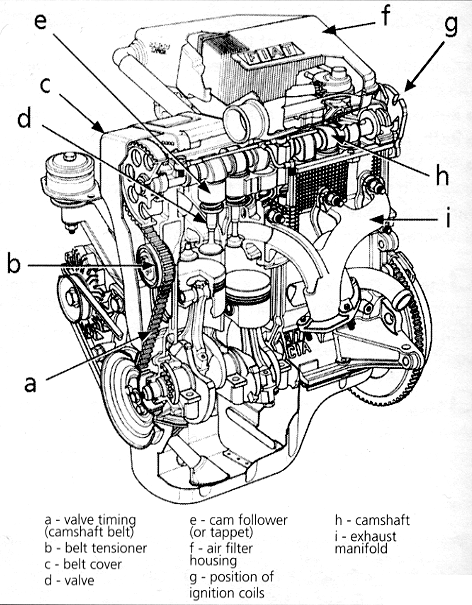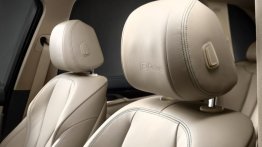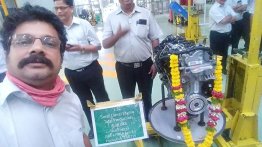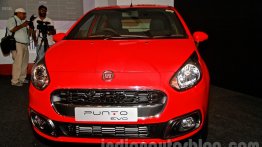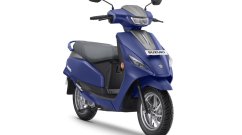The 1.4-liter 16v FIRE engine (for "Fully Integrated Robotised Engine") which will be used on the up coming Tata Indigo has a sprinkling of exciting technology. Therefore, I felt it would be an excellent idea to put forward the facets of the engine in this article for you to relish. I have also explained each point from an engineering perspective.
Technical Specification of Fiat 1.4 engine
- 1368 cc
- 4-cylinders, 16 valves
- Power: 95 bhp @ 6000 rpm
- Torque: 97 lb.ft @ 4250 rpm
Highlights of the Fiat 1.4 engine
- With a bore of 72 mm and stroke of 84 mm, the 1.4 16v FIRE unit is coupled to a drive-by-wire, electronic throttle control system.
IAB's reason- So, your instructions get filtered by a computer that seems to know everything about the engine!
- The 1.4 16v FIRE has a high compression ratio and delivers more torque at low revs, which help in decreasing fuel consumption
IAB's reason- Higher compression ratio increases thermal efficiency of the engine, but poor quality fuel (which is a problem in India) can lead to dangerous effects on the engine due to knocking. Over due course of time, deposits form on the cylinder walls and plug spark plug gaps. So the engine's ECU would be reprogrammed to handle Indian quality fuel.
- An engine's volumetric efficiency decides how much power you can possibly extract from it. Fiat's engineers used Fluid Dynamics study to get maximum volumetric efficiency from the available 1,368 cc.
IAB's reason- Using of CFD (Computational Fluid Dynamics) helps in achieving the best possible result, and Fiat is a pioneer in diesel engine. It helped Hyundai in making it's CRDI a few years ago, you know?
- Fiat uses lighter timing components and low-load type valve springs on the 1.4 16v FIRE .
IAB's reason- Higher engine friction reduces overall efficiency and engine life, and increases oil consumption and service costs. Weight of engine components affects the power to weight ratio of the engine. So Fiat's tried and kept it under check.
- Fuel adhering to the inlet manifold walls during winter mornings is averted on the 1.4 16v FIRE by a new injector which optimizes fuel spray phase.
IAB's reason- What this does is also minimizes hydrocarbons in the exhaust gases (Less fuel goes through the engine without taking part in the combustion process). Fuel wastage is averted and HC emissions are also minimal.
- 1.4 16v FIRE shares Fiat's 1.2 litre engine's barycentric engine mounting system to reduce the transfer of vibrations to the body
IAB's reason- Sharing of components reduces costs and development time.
- An aluminium crankcase base with cast iron main bearing caps cast together, an aluminium oil sump connected directly to the base of the crankcase and gearbox to increase the torsional rigidity of the combined unit.
IAB's reason- Keep the weight lower, to increase power to weight ratio. It also reduces the load on the frame and improves vehicle handling. A lighter car accelerates and stops quicker.
- A crankcase and flywheel system damper to minimise vibration; and an optimized piston skirt profile with a molybdenum bisulphate coating to minimise piston/liner clearances and thus reduce noise.
IAB's reason- Done to reduce NVH. Anti-friction coatings help in a big way to maintain clearances. Vibrations arising from the engine induces frustration to the driver and passengers (duh!). If you can keep the vibrations down, then rattles and squeaks are arrested for a longer duration.
- 1.4 16v FIRE is fully Euro 4 compliant.
IAB's reason- Ought to be, else it can't be sold in many parts of the world!
